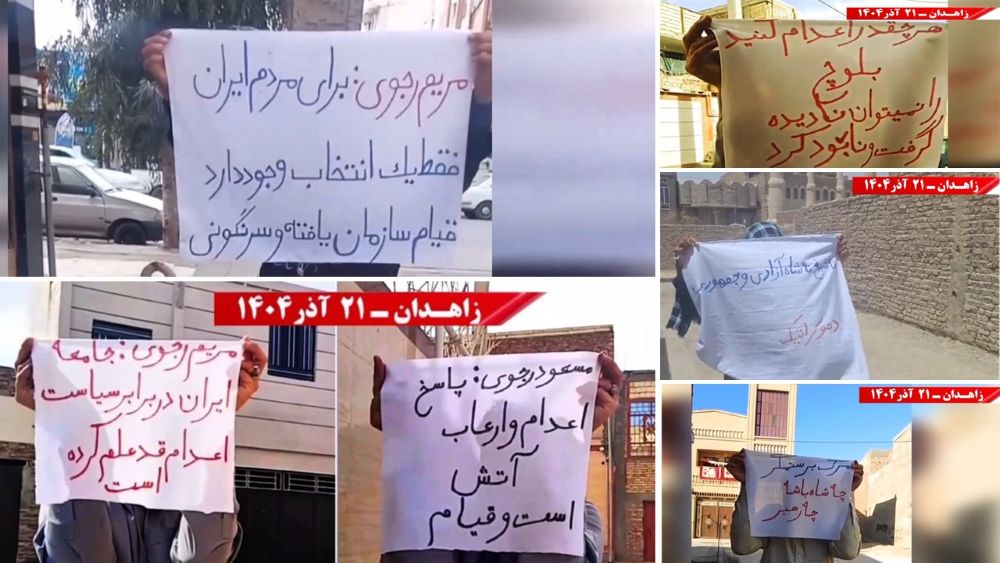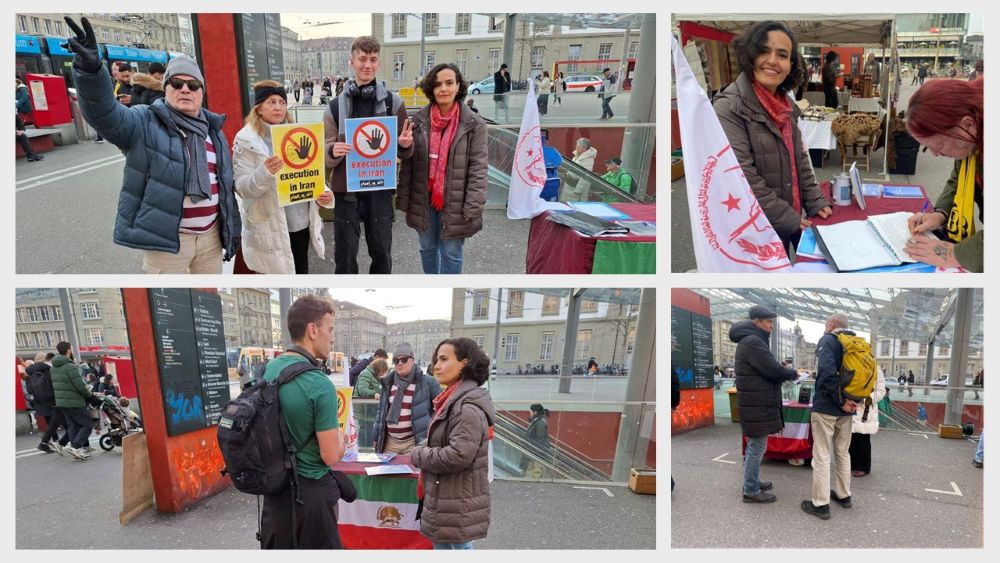Westerners would be wise to listen to Iranian Protesters
In his Iran policy statement earlier this week, Secretary of State Mike Pompeo quoted President Trump as saying, “The Iranian people long to reclaim their country’s proud history, its culture, its civilization, and its cooperation with its neighbors.”
A couple of weeks earlier, representatives of Iranian communities in approximately 40 states in the U.S. demonstrated that desire during the Iran Freedom Convention for Human Rights and Democracy. The event can be seen as a precursor to the Iran Freedom 2018 gathering that is scheduled to take place in France on June 30. The Paris annual rally of supporters of the National Council of Resistance of Iran typically attracts a crowd of more than 100,000, including international supporters and dignitaries in political security and affairs, as well as members of the academia from five continent, including North America. But this year could very well be different.
At the end of 2017 and the beginning of 2018, virtually every major town and city in Iran became the site of mass public demonstrations that showcased provocative slogans like “death to the dictator” and “death to Rouhani,” in reference to the Iranian supreme leader and president, respectively. In the chant of “Reformers, hardliners, the game is now over,” the protesters expressed loud and clear that they reject the regime in its entirety. Earlier this week, thousands of people in the southern city of Kazerun clashed with the security forces, chanting, “Our enemy is right here, they lie in saying it’s America.”
While those protests were still in full swing, Supreme Leader Ali Khamenei delivered a speech in which he broke with the regime’s established policy of downplaying the strength and viability of the domestic resistance movement. The People’s Mojahedin Organization of Iran (PMOI/MEK), the main constituent of the National Council of Resistance of Iran (NCRI) coalition, had played a leading role during the protests, Khamenei acknowledged.
It would have been difficult for the regime’s supreme leader to claim otherwise, in light of the close overlap between the MEK slogans and the protesters’ slogans and demands. According to NCRI president-elect, Maryam Rajavi, the Iranian people “are calling on the international community, in particular, the West, to support their uprising for the overthrow of the Iranian regime.”
Despite the regime’s attempts to suppress the December–January nationwide uprising, protests have been ongoing since then. The flames of dissent and disenchantment with the regime are still alive and even expanding to new areas. Although authorities banned any form of gatherings on May Day, workers turned out in force in 19 different cities across the country, venting their anger at rampant government corruption, ineptitude and mismanagement. They also called for the release of political prisoners.
Regardless of how the rest of the world reacts to the Trump administration’s decision to withdraw from the nuclear agreement, what is most important is that subsequent activities do more than simply push the threat of a nuclear-armed Iranian regime down the road. This threat and the broader threat posed by that regime — to Western interests, to the future of the Syrian crisis, and to the Iranian people themselves — must be definitively curbed. And the only way to accomplish this is by promoting a set of policies that will stand with the people of Iran and they seek an indigenous change of regime in Iran.
So far, as the Iranian dissidents are concerned, the end of religious dictatorship in Iran is a requisite for regional peace, democracy, security, and stability. This is the only way to end wars and crises in the region and avert a broader conflict.
The opposition’s vision for the sorts of global policies that would lead to this outcome will be more fully articulated at the June 30 rally in Paris. But what is important for the West is to kiss goodbye any resemblance of the appeasement policy that served only to prolong the rule of a fundamentalist regime that sponsors terrorism above all others, abuses the death penalty with impunity, and maintains nuclear ambitions that simply cannot be negotiated away.
By contrast, the NCRI’s 10-point plan for the future of Iran calls for free and fair elections, separation of church and state, internationally-recognized safeguards for the rights of women and minorities, and the unqualified abandonment of the current regime’s nuclear ambitions. It is time for the West to see the new realities of Iran.
Safavi is a member of the Foreign Affairs Committee of the National Council of Resistance of Iran. Follow Safavi on Twitter.



